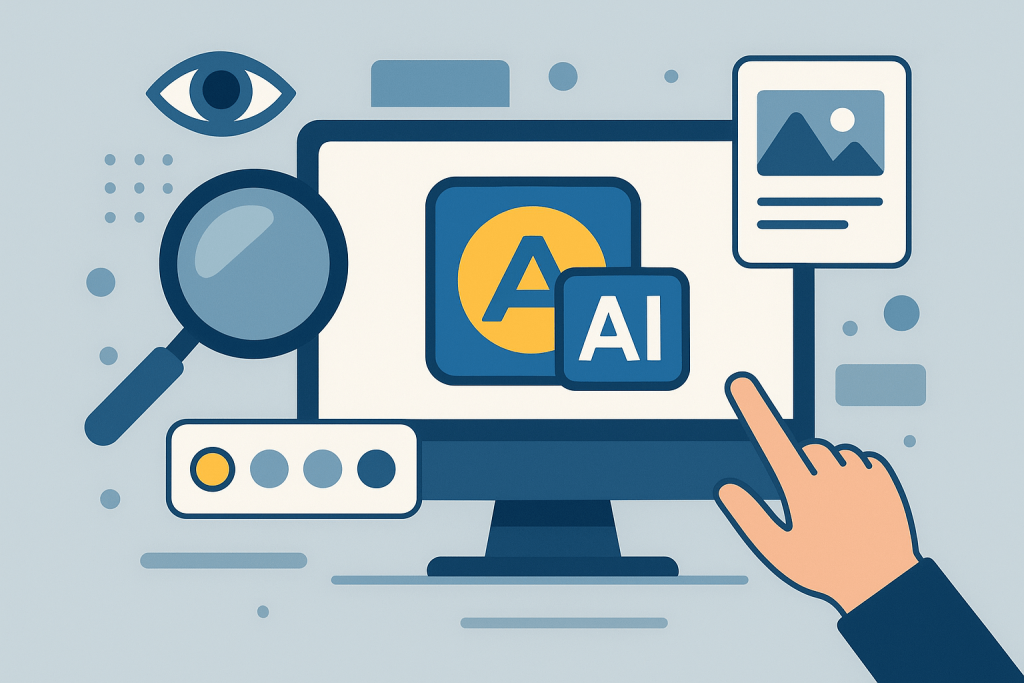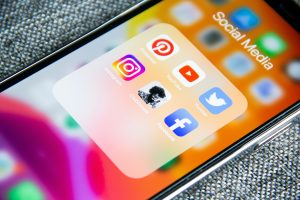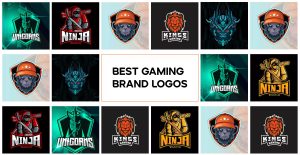Artificial intelligence has transformed creative workflows across industries. Design teams now leverage AI tools to generate everything from initial concept sketches to polished marketing materials. While these technologies offer incredible efficiency gains, they also present new challenges for brand integrity and authenticity.
The ability to detect AI-generated content in your brand assets has become a critical skill for marketing professionals, brand managers, and creative directors. Whether you’re auditing existing materials, vetting new submissions from freelancers, or ensuring compliance with brand standards, knowing how to detect AI-generated logo protects your brand’s unique identity. Tools like https://ahelp.com/ai-detector/ can support this process by helping you verify originality and authenticity.
This guide provides practical techniques to spot AI-generated logos, images, and style guide components. You’ll learn specific warning signs to look for, tools that can help with detection, and actionable steps to maintain brand authenticity across all your creative assets.
Understanding the Risks of AI in Brand Assets
AI-generated brand materials can undermine your company’s visual identity in several ways. Generic AI outputs often lack the strategic thinking that goes into professional brand development. A logo created by artificial intelligence might check basic design boxes but miss crucial elements like cultural sensitivity, trademark considerations, or alignment with brand values.
Consistency becomes another major concern when AI-generated elements mix with human-created assets. AI tools tend to produce variations that look similar on the surface but contain subtle differences in style, color treatment, or proportional relationships. These inconsistencies can weaken brand recognition and confuse your audience.
Legal implications also deserve attention. AI systems train on existing designs, potentially creating outputs that infringe on existing trademarks or copyrights. Using such materials could expose your organization to legal challenges or force costly rebranding efforts down the line.
Practical Steps for Logo Review
Analyze Symmetry and Balance
AI-generated logos often display perfect mathematical symmetry that feels unnaturally rigid. Human designers typically introduce subtle asymmetries that create visual interest and organic appeal. Look for logos where elements align too precisely or where spacing appears calculated rather than intuitive.
Pay attention to how elements relate to each other proportionally. AI systems sometimes struggle with hierarchical relationships between different logo components, creating designs where secondary elements compete for attention or primary elements lack sufficient prominence.
Check for Unique Identifiers
Professional designers typically embed distinctive elements that reflect strategic brand thinking. These might include subtle references to industry symbols, cultural elements relevant to the target market, or visual metaphors that connect to brand values. AI-generated logos often lack these deeper conceptual layers.
Look for originality in creative solutions. Human designers solve visual problems in unexpected ways, while AI tends to combine familiar elements in predictable patterns. A truly original logo should feel fresh while serving its functional purpose effectively.
Verify Image Provenance
Digital files contain metadata that can reveal creation methods. Professional design software leaves specific signatures in file properties, while AI generation tools create different metadata patterns. To detect AI-generated images metadata, check file creation dates, software version information, and embedded color profiles for consistency with claimed creation methods.
If you want to know how to tell if a logo is AI-generated, here’s a quick tip. Request source files from designers or agencies. Professional logo development typically involves multiple file formats, revision iterations, and construction guidelines. AI-generated logos often exist only as final outputs without supporting documentation or editable source files.
Style Guide Review Process
Audit Visual Consistency
A comprehensive brand style guide audit should examine how visual elements work together across different applications. AI-generated components often fail to maintain consistent relationships when scaled, cropped, or adapted for various use cases.
Review color specifications carefully. Professional brand development includes precise color formulations for different output methods (print, digital, merchandise). AI-generated color palettes might look appealing individually, but lack the technical specifications needed for consistent reproduction across media.
Examine Supporting Materials
Style guides typically include photography direction, illustration styles, and graphic element libraries. AI-generated supporting materials often share subtle stylistic similarities that become apparent when viewed together. Look for patterns in composition, lighting, or treatment that suggest automated generation rather than curated selection.
Check whether example applications demonstrate realistic usage scenarios. AI-generated mockups sometimes show brand elements in contexts that don’t align with actual business needs or target audience behaviors.
Validate Text Content
AI writing tools can produce style guide copy that sounds professional but lacks strategic depth or brand-specific insights. Look for generic language that could apply to any company rather than messaging that reflects unique brand positioning.
Brand voice descriptions should include specific examples and clear guidelines for implementation. AI-generated voice guidelines often remain at high levels of abstraction without providing actionable direction for content creators.
Tools and Resources for Detection
AI Detection Software
Several online tools can analyze images for signs of artificial generation. These platforms examine pixel patterns, compression artifacts, and other technical indicators that suggest AI creation. While not foolproof, they provide valuable additional data points for your evaluation process.
Metadata analysis tools can extract detailed information about file creation and editing history. Professional software leaves specific signatures that differ from AI generation platforms.
Professional Services
Forensic image analysis services offer sophisticated detection capabilities for high-stakes situations. These specialists use advanced techniques to identify AI-generated content and can provide detailed reports for legal or compliance purposes.
Brand consulting firms increasingly offer AI detection as part of comprehensive brand audits. These services combine technical analysis with strategic brand evaluation to ensure authenticity and consistency across all brand assets.
Learning from Real-World Examples
Companies across various industries have encountered AI-generated brand materials, both intentionally and inadvertently. Some organizations discovered that freelancers or agencies had submitted AI-generated work without disclosure, leading to rushed rebrand efforts and damaged client relationships.
Other brands have successfully integrated AI tools into their creative process while maintaining authenticity through careful oversight and human creative direction. These success stories typically involve using AI for initial concept generation or variation testing rather than final asset creation.
Protecting Your Brand’s Authentic Identity
Detecting AI-generated content in your brand assets requires a combination of technical knowledge, creative judgment, and systematic processes. Regular audits of your brand materials help maintain consistency and authenticity while leveraging the benefits that AI tools can offer when used appropriately.
Establish clear guidelines for AI use within your organization or with external partners. Require disclosure when AI tools contribute to brand asset creation, and maintain human oversight for all final approvals. Document your brand’s unique elements and strategic thinking to preserve what makes your visual identity distinctive.




